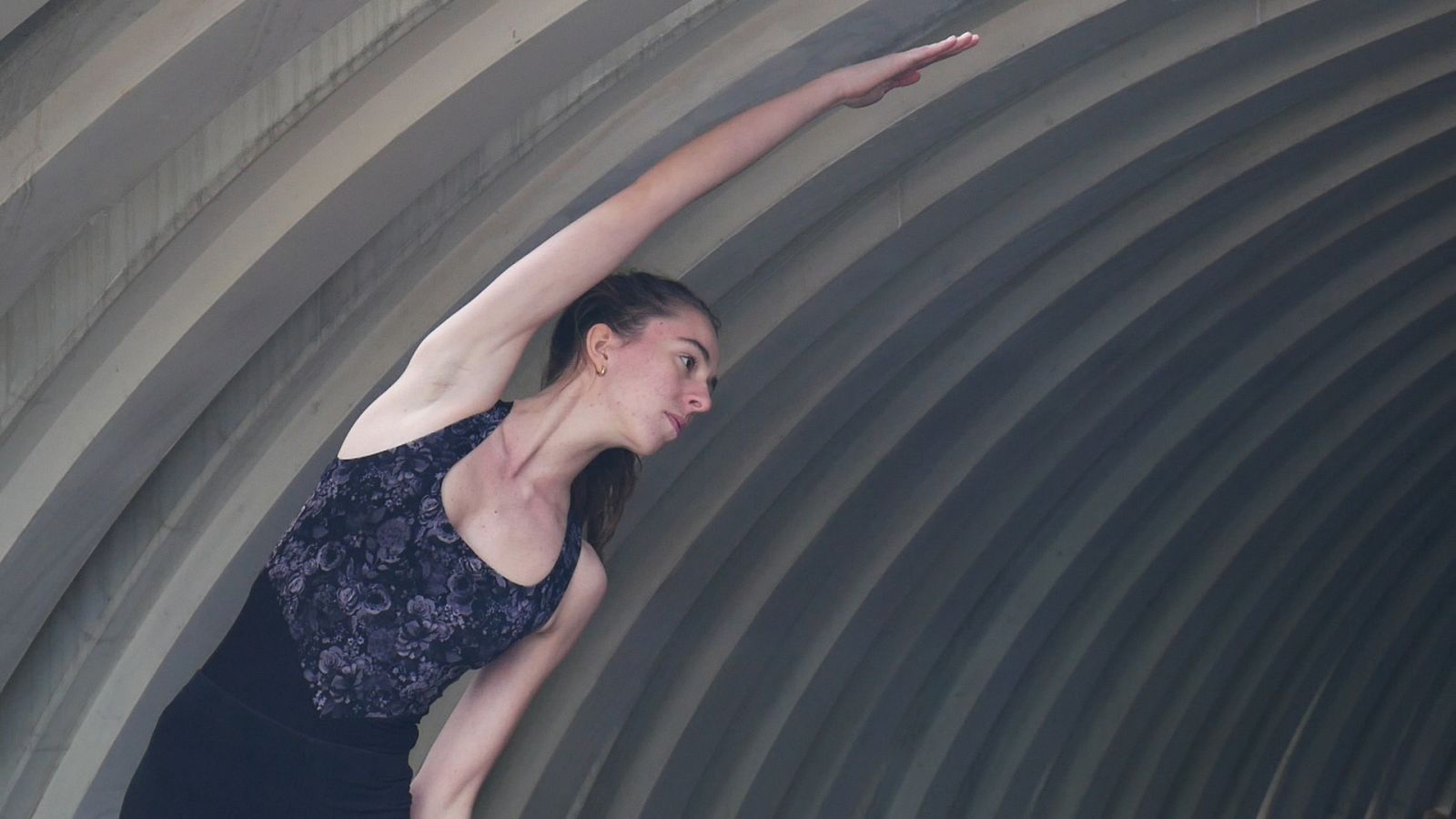
Menthe de Kloe
Internship: Studio Clement & Sanou
In my work, there is a strong connection between body and movement in relation to space, design and materials. My approach to design is experimental and intuitive, bringing the feeling and storytelling into the spatial design.
GRADUATION PROJECT
In a dance movement, time is a very prominent aspect, while in a space movement is much slower. A dancer moving from the front of a space to the back; reveals time, how long it takes them to get to the other side. Their movement is a pure relation between speed and slowness. In a way, this tells us about the space, we can relate to the dancers and imagine how big or small it is, by looking at their movements. This is an example of how movement and a space can work together and how both are essential in understanding architecture.
The Choreographic Encounter demonstrates an analytical strategy applicable to any form of architecture. By thoroughly analyzing a building and transforming the outcome into a performance.
THESIS
The Choreography of Power
Power is a strong associative word. With the term ‘the choreography of power’, I refer to the many positions in which power can exist, shift and be in motion. Similar to the role of dancers in a choreography. It is about the moves made in a spatial transcript, like the chess pieces in a chess game. They somehow portray their power, whether through bold moves or a collaboration. This paper specifically looks at political power in the sixteenth, seventeenth and twenty-first century. It discusses how a political leader portrays their power and how they consolidate it.
PDF of my thesis can be found on my website.